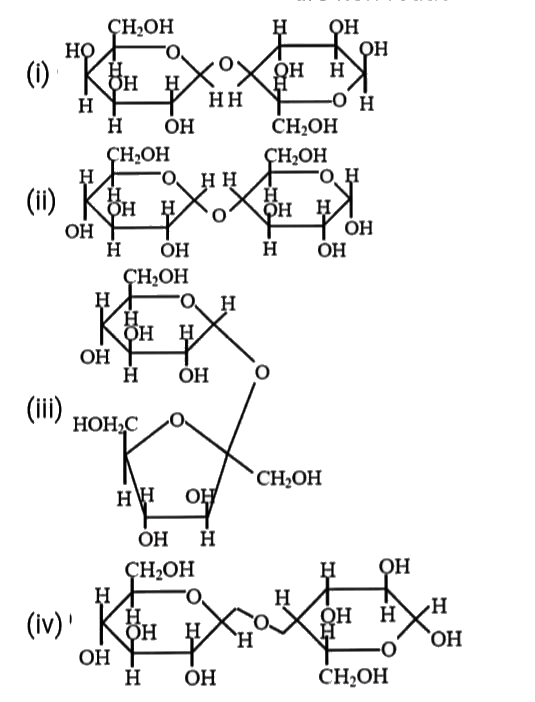Which one of the following is a non reducing sugar : Glucose, maltose, sucrose
To determine which of the following sugars is a non-reducing sugar: glucose, maltose, or sucrose, we need to analyze the structures of each sugar and their functional groups.
1. Understanding Reducing and Non-Reducing Sugars:
- Reducing sugars are those that have a free aldehyde or ketone group that can donate electrons to reduce other substances. Non-reducing sugars do not have free aldehyde or ketone groups available for this reaction.
2. Analyzing Glucose:
- Glucose is an aldose sugar, meaning it contains an aldehyde group. This free aldehyde group makes glucose a reducing sugar.
3. Analyzing Maltose:
- Maltose is a disaccharide composed of two glucose units. It has a free aldehyde group on one of the glucose units, making it a reducing sugar as well.
4. Analyzing Sucrose:
- Sucrose is a disaccharide composed of glucose and fructose. In sucrose, the glycosidic bond is formed between the anomeric carbon of glucose and the anomeric carbon of fructose. This linkage involves the aldehyde group of glucose and the ketone group of fructose, which means that both reducing groups are involved in the bond formation.
- As a result, sucrose does not have any free aldehyde or ketone groups, making it a non-reducing sugar.
5. Conclusion:
- Among glucose, maltose, and sucrose, the non-reducing sugar is sucrose.
Final Answer:
Sucrose is the non-reducing sugar.
- Reducing sugars are those that have a free aldehyde or ketone group that can donate electrons to reduce other substances. Non-reducing sugars do not have free aldehyde or ketone groups available for this reaction.
- Glucose is an aldose sugar, meaning it contains an aldehyde group. This free aldehyde group makes glucose a reducing sugar.
- Maltose is a disaccharide composed of two glucose units. It has a free aldehyde group on one of the glucose units, making it a reducing sugar as well.
- Sucrose is a disaccharide composed of glucose and fructose. In sucrose, the glycosidic bond is formed between the anomeric carbon of glucose and the anomeric carbon of fructose. This linkage involves the aldehyde group of glucose and the ketone group of fructose, which means that both reducing groups are involved in the bond formation.
- As a result, sucrose does not have any free aldehyde or ketone groups, making it a non-reducing sugar.
- Among glucose, maltose, and sucrose, the non-reducing sugar is sucrose.
Sucrose is the non-reducing sugar.
Topper's Solved these Questions
- PRACTICE PAPER 3BOOK - CBSE COMPLEMENTARY MATERIALCHAPTER - PRACTICE PAPER 3EXERCISE - Very Short Answer Type Questions
32 Videos
- PRACTICE PAPER 1BOOK - CBSE COMPLEMENTARY MATERIALCHAPTER - PRACTICE PAPER 1EXERCISE - Questions
82 Videos
- PRACTICE PAPER 4BOOK - CBSE COMPLEMENTARY MATERIALCHAPTER - PRACTICE PAPER 4EXERCISE - SECTION : C
39 Videos
Similar Questions
Knowledge Check
Which one of the following is non-reducing sugar ?
AGlucoseBArabinoseCFructoseDSucroseWhich of the following is a non-reducing sugar ?
A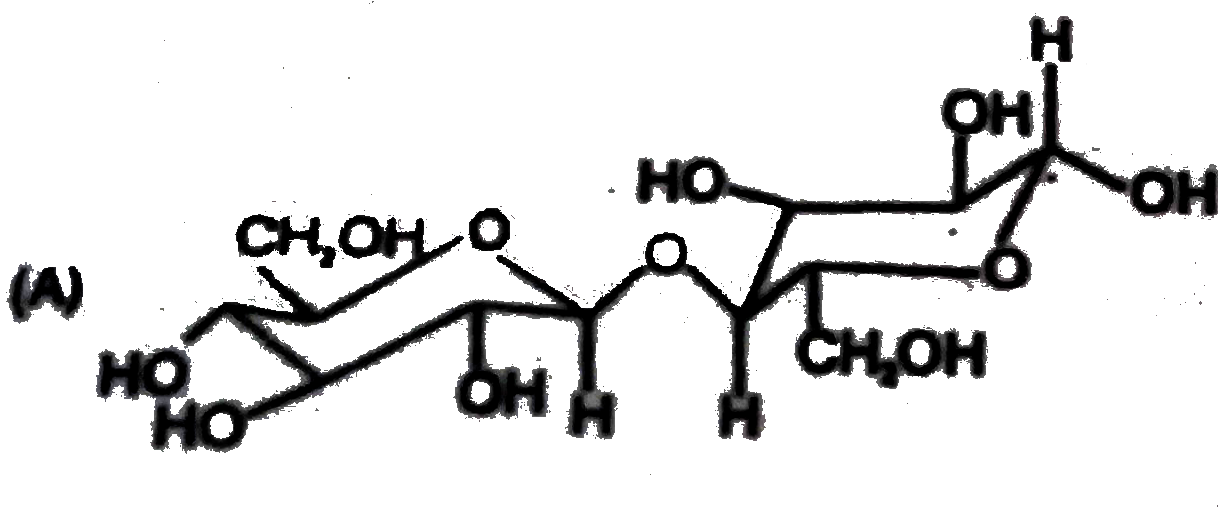 B
B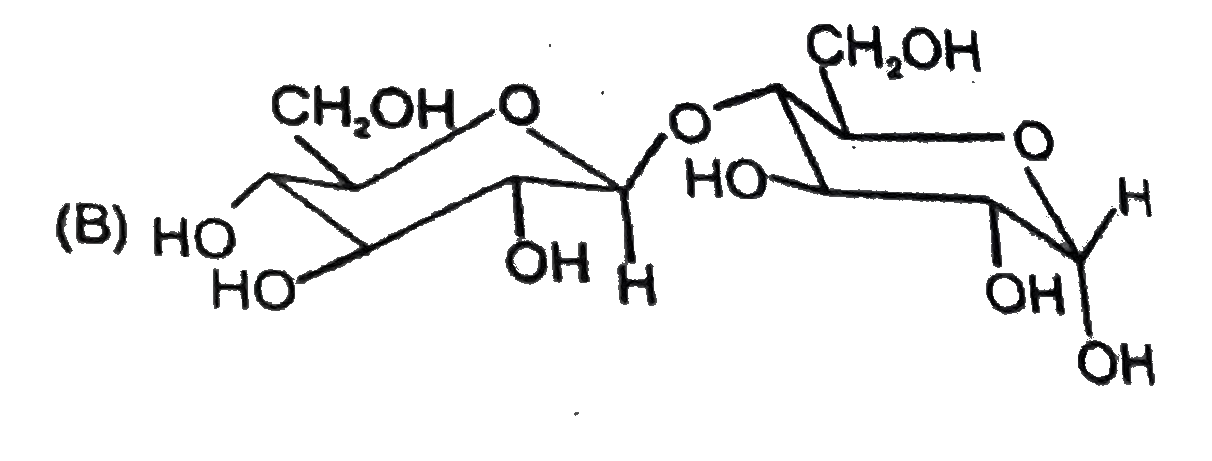 C
C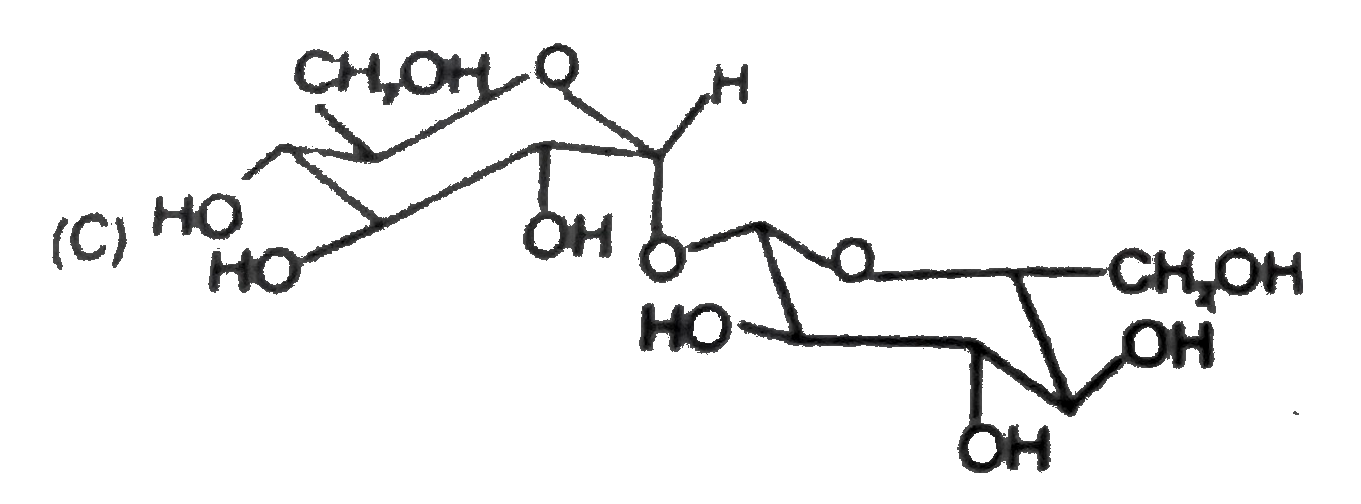 D
D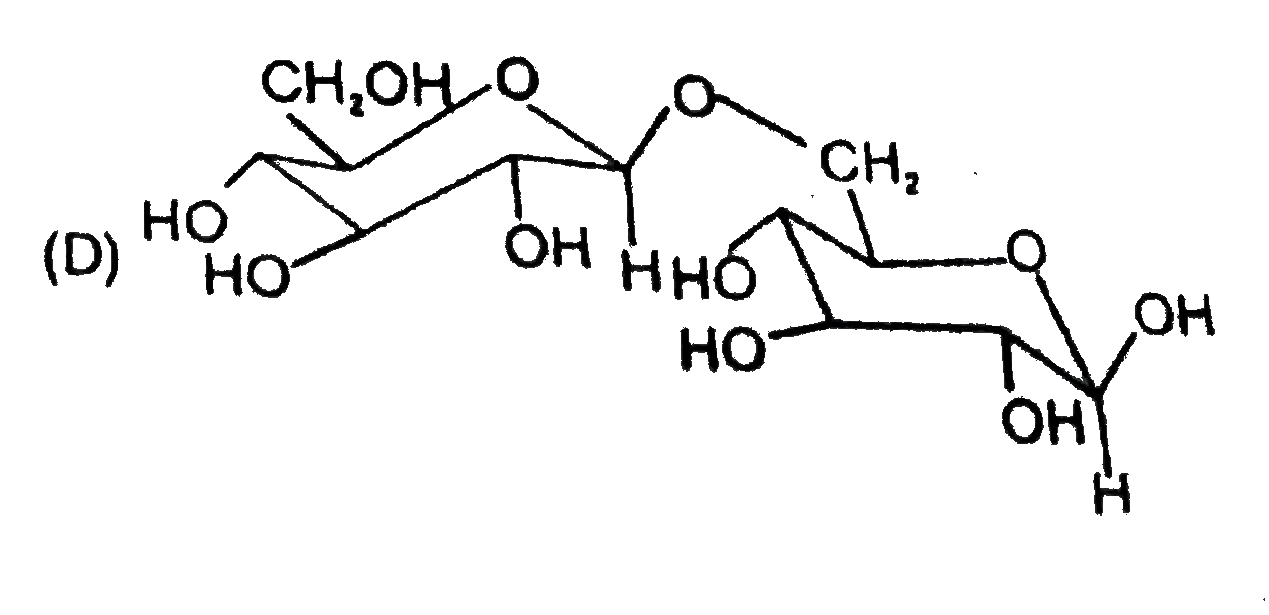
Which of the following is a non-reducing sugar?
ASucroseBMaltoseCLactoseDGlucose

